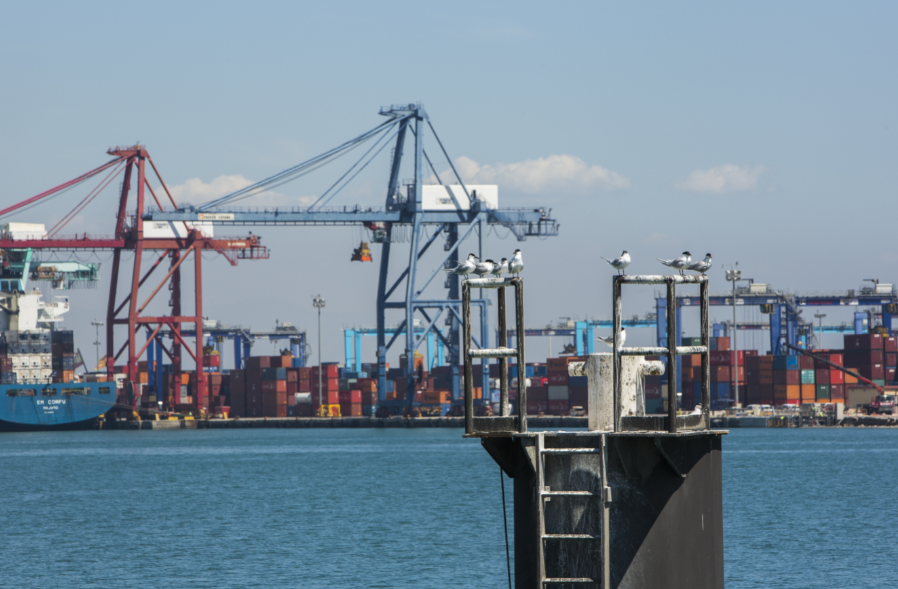Clean Ports Program

In an era where sustainability and environmental consciousness have become imperative, initiatives like the Clean Ports Program have emerged as guiding beacons towards a greener future. These programs play a pivotal role in redefining the operational landscapes of ports worldwide, reshaping them into hubs of eco-friendly practices and sustainable development.
The maritime industry stands as a cornerstone of global trade, facilitating the movement of goods across continents. However, this very industry has long grappled with environmental challenges, including air and water pollution, noise disturbances, and ecological disruptions. Recognizing this, the Clean Ports Program has stepped in as a catalyst for change.
At its core, the Clean Ports Program aims to mitigate the environmental footprint of port operations. This comprehensive initiative encompasses a spectrum of strategies and technologies designed to enhance air and water quality, reduce emissions, and promote eco-conscious practices within port facilities and among stakeholders.
One of the primary focal points of this program is the reduction of harmful emissions. Ports are notorious for generating significant air pollutants due to the operation of vessels, cargo handling equipment, and associated transport activities. Through the implementation of cleaner fuel technologies, electrification of port equipment, and the adoption of shore power systems, ports enrolled in the Clean Ports Program strive to significantly diminish their carbon footprint and contribute to cleaner air quality in port-side communities.
Moreover, the program emphasizes the importance of water conservation and protection. Ports are often susceptible to water contamination due to various activities such as ballast water discharge and runoff from cargo handling operations. To address this, the initiative encourages the use of eco-friendly antifouling paints, installation of water treatment facilities, and implementation of strict protocols to prevent marine pollution, safeguarding the delicate marine ecosystems surrounding ports.
Additionally, the Clean Ports Program fosters a culture of sustainability by promoting innovative approaches to waste management. It encourages the adoption of recycling initiatives, efficient waste handling practices, and the minimization of single-use plastics within port premises, thereby significantly reducing the ecological burden on surrounding areas and marine life.
Collaboration stands as a cornerstone of the Clean Ports Program’s success. Port authorities, government bodies, shipping companies, terminal operators, and local communities unite in a concerted effort to drive sustainable change. Through partnerships and shared responsibility, these stakeholders work together to develop and implement best practices, technological advancements, and policies that align with the program’s goals.
Furthermore, the economic benefits of embracing clean port initiatives should not be overlooked. While the initial investments in eco-friendly technologies and infrastructure might seem substantial, the long-term gains are immense. Improved air and water quality can lead to healthier communities, reduced healthcare costs, increased tourism, and enhanced competitiveness in the global market as ports align with environmentally conscious consumer demands.
Conclusion
The Clean Ports Program represents a transformative journey toward sustainable port operations. By integrating innovative technologies, fostering collaboration, and prioritizing environmental stewardship, participating ports pave the way for a future where economic prosperity harmonizes with ecological well-being. As this initiative continues to gain momentum globally, the vision of cleaner, greener, and more sustainable ports becomes an achievable reality, benefitting both present and future generations.






